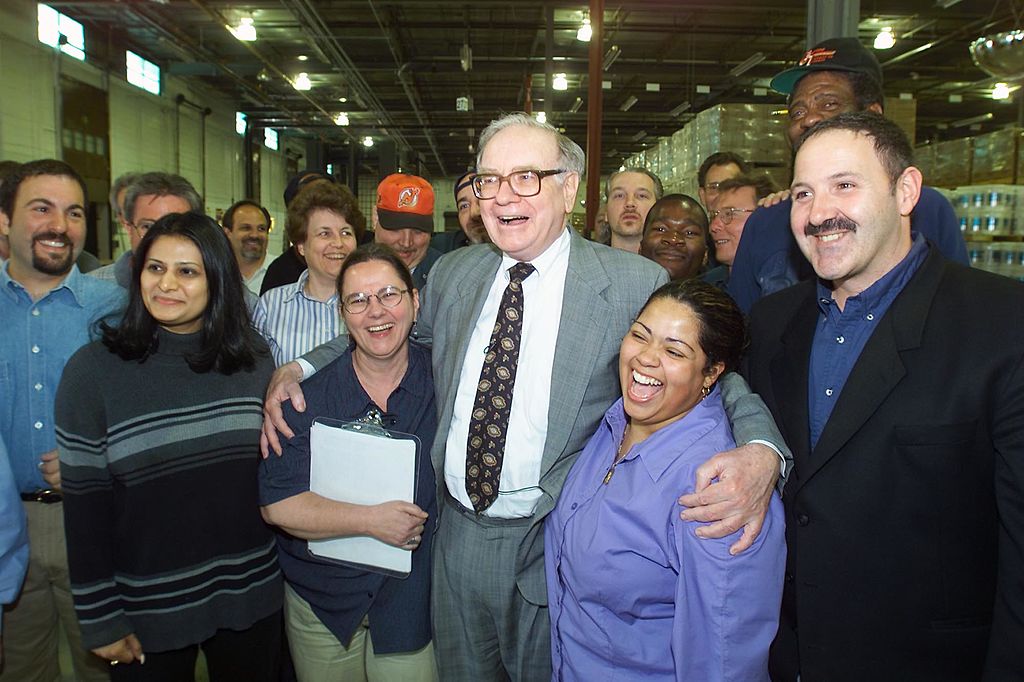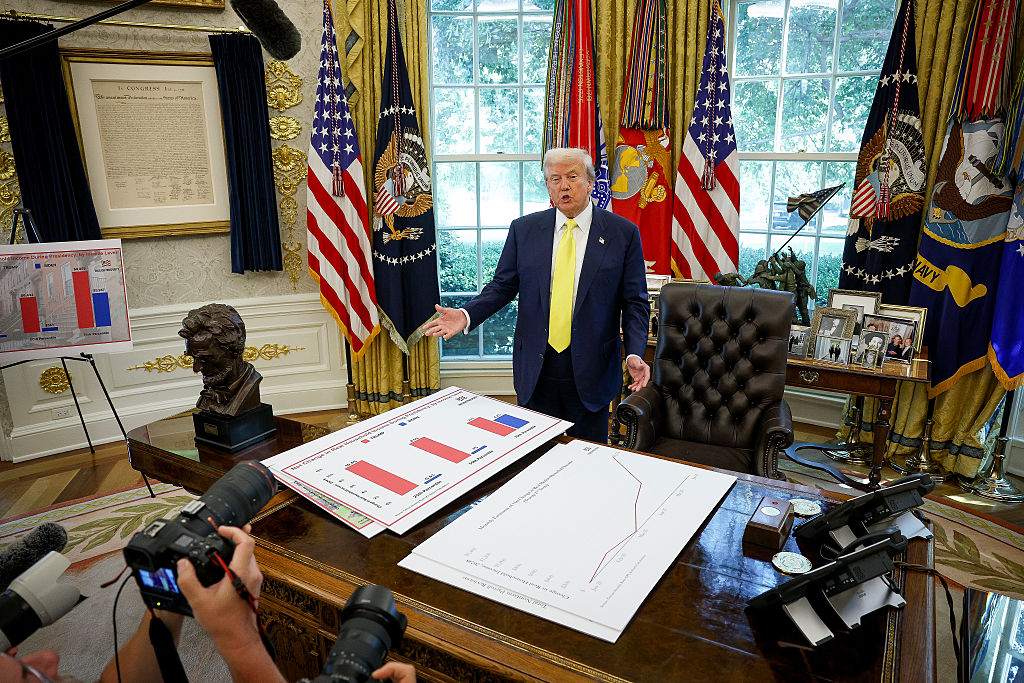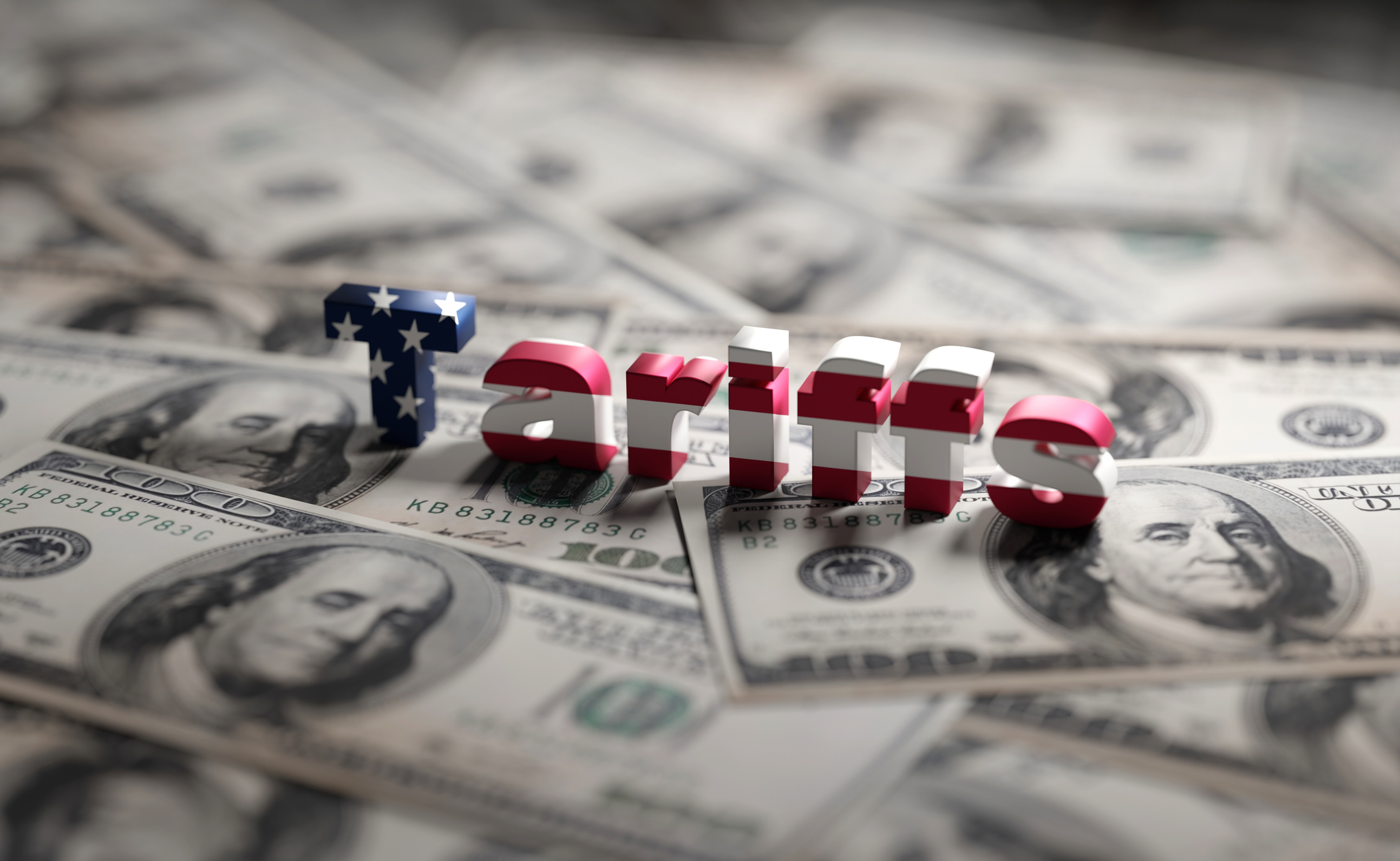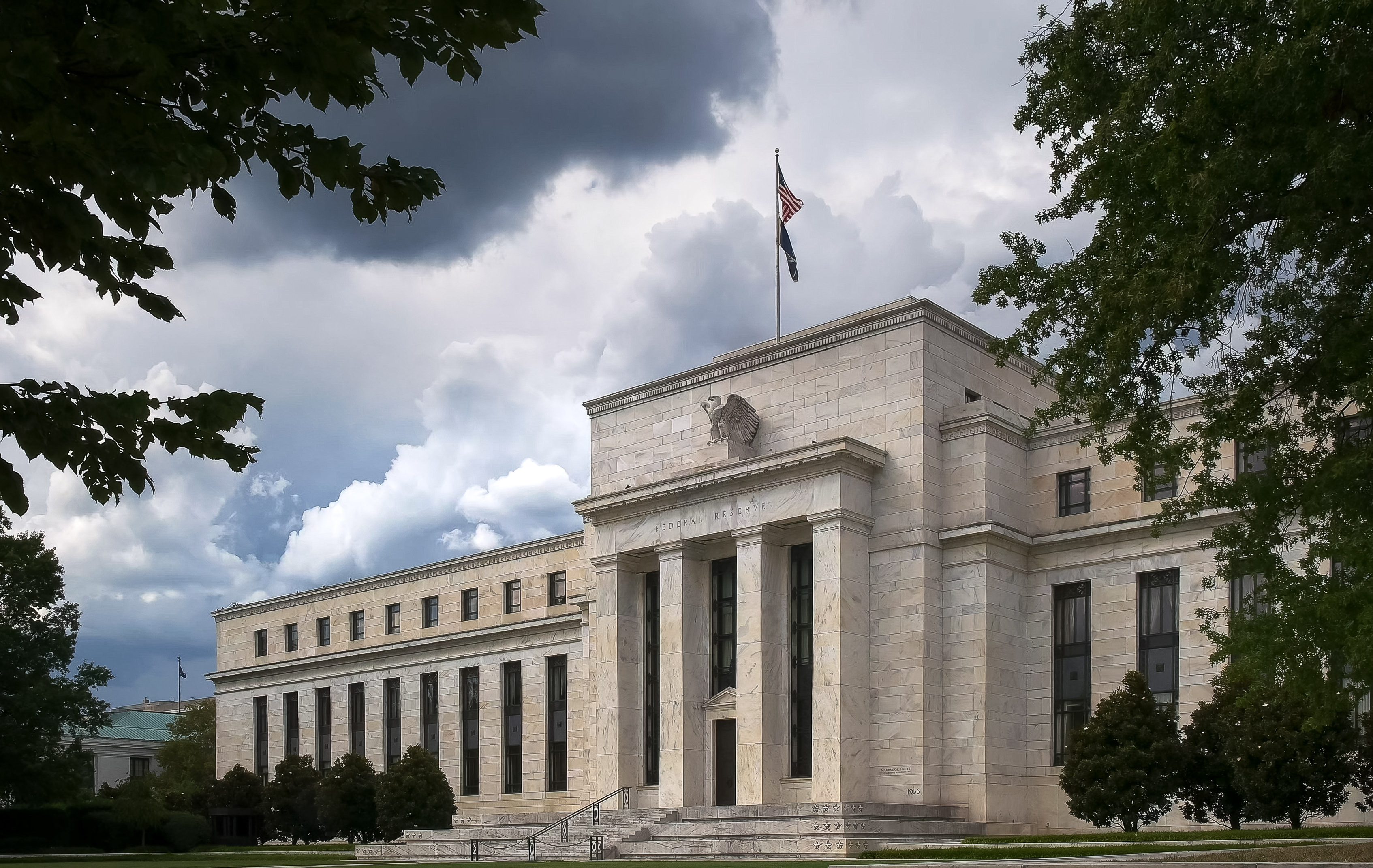Why I Love the Dow
Everyone knows the Dow. Not everyone understands it. Here's how it can make you money.

If you want to own just one stock, there's no doubt what it should be. Well, it's not technically a stock but an exchange-traded fund, or ETF, which is an index fund that behaves as if it were a stock. The ETF is SPDR Dow Jones Industrial Average (symbol DIA), better known as Diamonds. The index to which it’s linked is, of course, the Dow, which turns 117 years old in May.
Over time, the Dow, with its 30 stocks, has consistently produced about the same return as Standard & Poor's 500-stock index, which holds 500 large U.S.-based companies. For the ten-year period that ended January 31, for example, the Dow delivered an average annual return of 8.3% (including reinvested dividends) and the S&P 500 gained 7.9% annualized. And despite holding 470 fewer stocks, the Dow has given investors a smoother ride, exhibiting slightly less volatility than the S&P over both the short term and the long term. In 2008, the Dow sank 31.9% and the S&P plunged 37.0%; the next year, the Dow returned 22.7% and the S&P gained 26.5%. Overall, the two indexes delivered roughly the same results, but the Dow's path was less bumpy.
Strange but successful. What's especially remarkable about the Dow, however, is not its performance but rather its composition and calculation. It is clunky, subjective and downright odd, yet it works.
From just $107.88 $24.99 for Kiplinger Personal Finance
Be a smarter, better informed investor.

Sign up for Kiplinger’s Free Newsletters
Profit and prosper with the best of expert advice on investing, taxes, retirement, personal finance and more - straight to your e-mail.
Profit and prosper with the best of expert advice - straight to your e-mail.
Unlike most indexes, the Dow's "stock selection is not governed by quantitative rules," according to the official description from the Dow's manager, S&P Dow Jones Indices, a joint venture of McGraw-Hill (which owns S&P); CME Group (the derivatives marketplace); and Dow Jones, the original owner of the Wall Street Journal, which is now owned by News Corp. Instead, "a stock typically is added only if the company has an excellent reputation, demonstrates sustained growth and is of interest to a large number of investors."
The index also tries to maintain "adequate representation" (read diversification). The choices are made by a small committee of the managers.
The 30 names in the Dow change on what's officially called an "as-needed basis"—usually because a member firm is acquired, a company's core business changes or a company experiences a significant deterioration. The Dow has announced changes on 49 occasions, and today’s list has only one stock in common with the original 1896 portfolio: General Electric (GE), which fell out of the index in 1901, then rejoined it in 1907.
In the end, the Dow looks like a conservative mutual fund run by managers who favor large-capitalization, blue-chip companies, instead of like an index fund run by a computer algorithm that selects the largest pharmaceutical stocks or the biggest companies in Brazil.
And it gets weirder. The portfolio of nearly every other index is weighted by the market cap (the number of shares multiplied by the price) of the stocks it contains. So Pfizer (PFE), the biggest U.S. drug company, with a market cap of $201 billion, would be the most heavily weighted component in an index that tried to replicate the performance of U.S. pharmaceutical stocks. Another component of such an index might be Perrigo (PRGO), with a market cap of $9.4 billion. If both stocks moved up 1%, Pfizer would have about 20 times more impact on the value of the index. Because the S&P 500 is cap-weighted, the movements of ExxonMobil (XOM) and Apple (AAPL), the two largest U.S. companies by market cap, will affect the index's value the most on any day.
But the Dow is price-weighted, so a stock with a high share price affects the index more than one with a low share price. The price of a stock is largely arbitrary; any company can split its stock two for one, resulting in a halving of its share price. So Chevron, for instance, with a market cap of $226 billion, has more impact on the Dow than ExxonMobil, with a market cap of $410 billion, because Chevron trades at $115 a share while Exxon trades at $90.
The stock that moves the Dow the most today is International Business Machines (IBM). If IBM, recently trading at $203, rises 1% and all the rest of the stocks are unchanged, then the Dow will climb about 16 points. GE, whose market cap is slightly larger than IBM's but whose share price is just $22, would have to rise nearly 9% to move the Dow 15 points.
Despite its funky weighting system, the Dow mirrors the overall market because of two factors. First, the Dow is well diversified, with weightings in consumer, energy, manufacturing, high-tech and financial stocks that closely track the U.S. economy. The second is that when stock prices get high, companies tend to split their shares. So a $100 stock might become a $50 stock, in which case its impact on the Dow would be halved. It's unlikely that IBM, Chevron and 3M (MMM), all now trading above $100, will continue to become a more prominent part of the Dow if their share prices keep rising. That's because they will likely split and become medium- or even low-priced stocks. Since joining the Dow in 1979, IBM has twice split two for one, effectively cutting its reported price by 75%.
In fact, some of the largest U.S. companies are unlikely to be invited into the Dow unless they split their stocks, which until now they've shown no inclination to do. Among these are Amazon.com (AMZN), Apple and Google (GOOG). If Google, trading at $756, joined the Dow, a 1% increase in its share price would by itself send the Dow up 58 points!
Value in the dogs. What I like most about the Dow is that it is akin to a great value fund. As of January 31, its price-earnings ratio (based on profits over the past four quarters) was 15, and its dividend yield was 2.5%. The P/E of the S&P 500 was 18, and its yield was 2.2%. Dow stocks are cheaper and, partly as a result, the Dow's yield is higher. The most famous attempt to capitalize on this value orientation is a system called the Dogs of the Dow, made popular two decades ago by money manager Michael O'Higgins. You start by investing equal amounts in the ten Dow stocks with the highest yields. A year later, you repeat the process, selling those that are no longer among the ten highest yielders.
In his book How to Retire Rich, analyst James O'Shaughnessy tracked the system from 1951 to 1996 and found that an investment in the Dogs would have clobbered the S&P 500, producing a nest egg four times as large. Since then, however, the Dogs haven't barked as loudly—either because results of the half-century O'Shaughnessy reviewed were a fluke or because so many investors piled into the Dogs that prices rose and value declined. Over the past 20 years, the Dogs' return has been almost precisely the same as the Dow's itself.
Because the Dow is so subjective, a better approach is to compose a subjective, sub-Dow portfolio of your own, making personal choices about the best stocks while striving for a bit of diversification. Here is how my list would look: American Express, Caterpillar, Cisco Systems, Coca-Cola, ExxonMobil, IBM, Johnson & Johnson, Microsoft, Travelers and Wal-Mart Stores.
Pick your own, or simply stick with Diamonds, which carries a modest 0.17% expense ratio. Either way, despite the Dow's weirdness, you can't go far wrong.
James K. Glassman is executive director of the George W. Bush Institute, which recently published The 4% Solution, a book on economic growth. He owns none of the stocks mentioned.
Profit and prosper with the best of Kiplinger's advice on investing, taxes, retirement, personal finance and much more. Delivered daily. Enter your email in the box and click Sign Me Up.

-
 Stocks Rally as Investors Buy the Dip: Stock Market Today
Stocks Rally as Investors Buy the Dip: Stock Market TodayMost sectors are "go" only a day after talk of bubbles, extended valuations and narrow breadth undermined any kind of exuberance.
-
 Elon Musk's $1 Trillion Pay Package Vote: What's at Stake for Tesla Stock
Elon Musk's $1 Trillion Pay Package Vote: What's at Stake for Tesla StockTesla shareholders are voting this week on a massive pay package for CEO Elon Musk. Here's what it means for the Mag 7 stock.
-
 What the Rich Know About Investing That You Don't
What the Rich Know About Investing That You Don'tPeople like Warren Buffett become people like Warren Buffett by following basic rules and being disciplined. Here's how to accumulate real wealth.
-
 How to Invest for Rising Data Integrity Risk
How to Invest for Rising Data Integrity RiskAmid a broad assault on venerable institutions, President Trump has targeted agencies responsible for data critical to markets. How should investors respond?
-
 What Tariffs Mean for Your Sector Exposure
What Tariffs Mean for Your Sector ExposureNew, higher and changing tariffs will ripple through the economy and into share prices for many quarters to come.
-
 How to Invest for Fall Rate Cuts by the Fed
How to Invest for Fall Rate Cuts by the FedThe probability the Fed cuts interest rates by 25 basis points in October is now greater than 90%.
-
 Are Buffett and Berkshire About to Bail on Kraft Heinz Stock?
Are Buffett and Berkshire About to Bail on Kraft Heinz Stock?Warren Buffett and Berkshire Hathaway own a lot of Kraft Heinz stock, so what happens when they decide to sell KHC?
-
 How the Stock Market Performed in the First 6 Months of Trump's Second Term
How the Stock Market Performed in the First 6 Months of Trump's Second TermSix months after President Donald Trump's inauguration, take a look at how the stock market has performed.
-
 Fed Leaves Rates Unchanged: What the Experts Are Saying
Fed Leaves Rates Unchanged: What the Experts Are SayingFederal Reserve As widely expected, the Federal Open Market Committee took a 'wait-and-see' approach toward borrowing costs.
-
 Fed Sees Fewer Rate Cuts in 2025: What the Experts Are Saying
Fed Sees Fewer Rate Cuts in 2025: What the Experts Are SayingFederal Reserve The Federal Reserve cut interest rates as expected, but the future path of borrowing costs became more opaque.